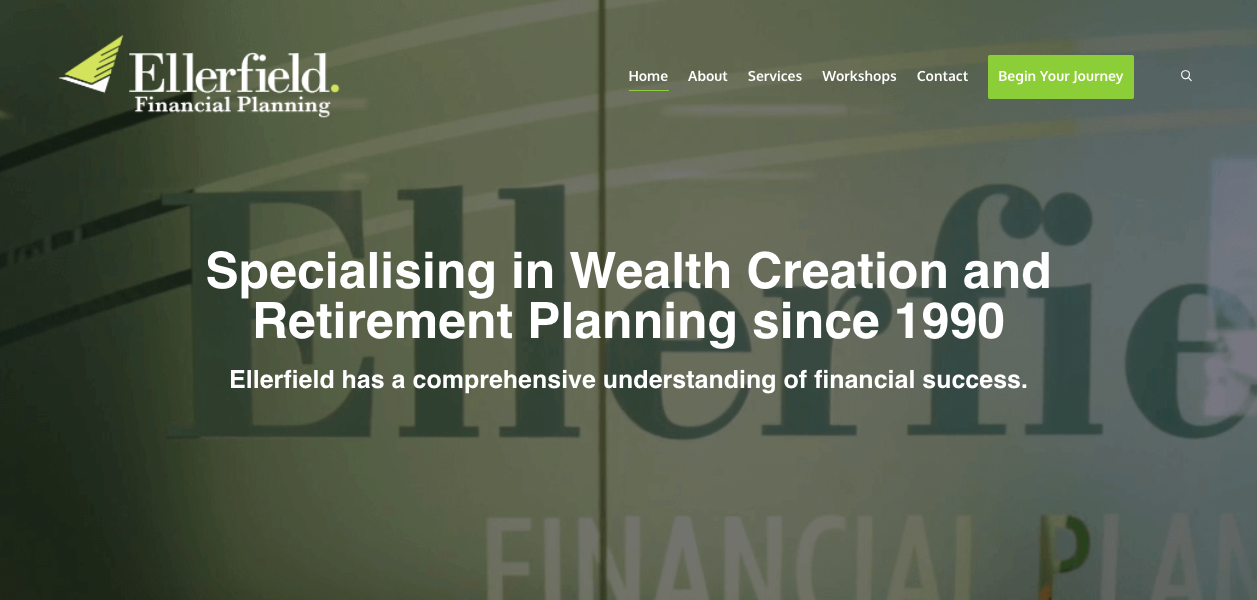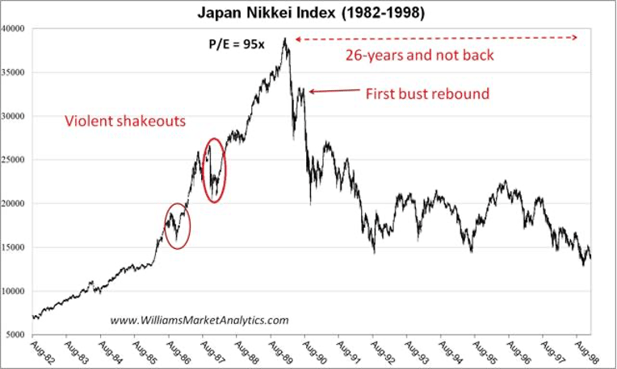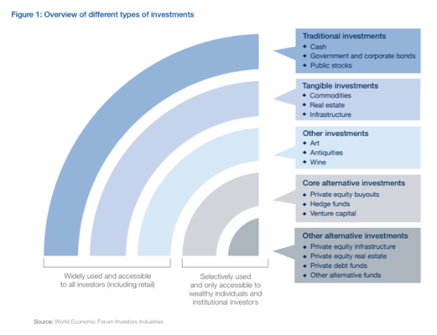Although currencies can often be considered a ‘traditional investment’, Cryptocurrencies certainly don’t fall within this category. This is largely due to the fact they are volatile, they move against the market in many instances, and they are largely speculative.
Although this was not their original intention, which was to become an online currency through the use of blockchain technology, it was taken over by the money markets, a FOMO or fear of missing out ensued, derivatives were created, and the whole thing tumbled, so let’s take a look.
Cryptocurrencies such as Bitcoin, Ripple, Ethereum, Tron and literally hundreds more have been gracing the pages of the tech investment market updates and getting the motors running of many savvy investors around the globe.
Believed by many as the future of money, cryptocurrency has emerged over the past 10 years across the globe as a way to not only engage in eCommerce, but purchase items such as clothes, cars, houses, even meals at KFC!
What are cryptocurrencies?
Essentially cryptocurrencies are a form of electronic money. The money doesn’t physically exist but are held in the form of a ‘digital token’ created from code using an encrypted string of data blocks, known as a blockchain.
Bought and exchanged on exchange platforms using money, they can then be traded in marketplaces similar to trading shares online. Some popular exchanges include the Australian platform CoinSpot and other popular global platforms such as CoinBase, LinkCoin and Cex.io.
Of all the coins, the most popular and the largest in terms of market capitalisation is Bitcoin. In existence since 2009, its creation is shrouded in a great deal of secrecy and mystery.
Created by Satoshi Nakamoto, who posted the article Bitcoin: A Peer-To-Peer Electronic Cash System on a mailing list discussion on cryptocurrency in 2008, the cryptocurrency was created to cut out the middleman in transactions – such as banks. The cryptocurrency does this using blockchain technology, which makes the transaction not only safe, but if you don’t have the exact ten-digit code required – you can’t get your money back.
In 2010, the first cryptocurrency trade took place with an investor deciding to sell their Bitcoin for the first time – swapping 10,000 of them for two pizzas. If the buyer had hung onto those Bitcoins until December 2017 they would be worth more than $56,336,600 Australian dollars!
Since the early days of Bitcoin, the market has grown to include new currencies and global awareness of the features (ie. advantages and benefits of owning your own piece of digital currency) has grown. Interestingly, one of the core benefits of cryptocurrency is that you don't need to own a whole coin, just a part of one to be in on the action.
The rise and fall of Bitcoin
Bitcoin is the largest of all the coins and valued at $5633.66 per coin as of the 17th of March 2019, in a market that is valued at $97,196,079,818.08 Australian dollars!
The market took a massive turn in 2017 as the mainstream jumped at the chance to make some money and the rising tide of FOMO (fear of missing out) with the cryptocurrency starting the year at $1381.40 per coin on the 2nd of January 2017, hitting its peak at $26,802 on the 17th of December 2017!
People couldn’t believe their luck, as people were turning into overnight millionaires, but this was assuming that they had all the required codes to sell their coins and that they sold when the time was right.
With many expert investors such as Warren Buffet saying that Bitcoin was 'probably rat poison squared', there were many sceptics that couldn’t believe the prices were sustainable – and they were right!
By February 2018, the price had crashed down to $10,188.99 per coin hitting its lowest point on the 10th of December 2018 of $4646.25.
So, what happened?
There were a number of straws that broke Bitcoin’s back. Firstly, a number of countries banned trading – such as South Korea – many of who had a massive love of the cryptocurrency up until that point. This was due to serious concerns about regulation, tax implications and the fact the money could be traded with virtually no oversight.
Secondly, the price rise in 2017 was driven by a bubble, as more and more people heard about the cryptocurrency and jumped on in a case of fear of missing out (FOMO), thus the rules of demand & supply came to fruition, more people wanted the cryptocurrency and people holding them wanted more of them.
Finally, the Chicago Board Options Exchange and Chicago Mercantile Exchanges listed Bitcoin Futures, which allowed sophisticated speculators to short the coin on a large scale – effectively crashing the price.
There are other currencies aren’t there?
Absolutely, there are hundreds if not thousands of cryptocurrencies – 2112 according to Coinmarketcap.com as of March 17 2019 - which should have all been operating as their own markets shouldn’t they?
Although the cryptocurrency market was not supposed to be a derivative market, it most certainly became one. Not only thanks to the shorting of the cryptocurrency that was occurring on the Chicago exchanges, but also when Bitcoin crashed, it took the entire market with it.
By the end of the first quarter of 2018, the entire cryptocurrency market fell by 54 per cent, with losses in the market topping $500 billion!
Currency or speculative instrument?
There are a number of shortcomings of cryptocurrency, firstly they were set up as an ‘alternative currency’, and in the initial outset, early adopters were using it to purchase anything from pizzas to islands (at the market peak).
As a currency, it failed. Bitcoin has morphed into an asset whose only purpose is speculation. Imagine walking into a store and purchasing a meal, only to find out it went from costing you $50 to $500 due to the movement in the price!
Block chain – where do they fit in?
Used by many cryptocurrencies and an original feature of the Bitcoin cryptocurrency, blockchain technology was an important innovation that has already changed and will undoubtedly change a range of industries and transactions in the future.
A blockchain is the structure of data that represents a financial ledger entry, or a record of a transaction. Each transaction is digitally signed to ensure its authenticity and to ensure no one tampers with it, so the ledger itself and the existing transactions within it are assumed to be of high integrity.
These digital ledger entries are distributed among a deployment or infrastructure serving the purpose of providing a consensus about the state of a transaction at any given second.
Blockchain provides a high level of security when it comes to the management of ledgers or databases of information. The whole idea was a ‘peer to peer’ system, rather than trading through a third party, such as a bank.
Other uses for blockchain technology could be to create a permanent, public, transparent ledger system for compiling data on sales, tracking digital use and payments to content creators, such as wireless users.
There have been applications across the ownership and trading of assets, such as artwork, whereby investors can purchase a ‘piece’ or percentage of the artwork and trade it on a platform as they choose utilising the blockchain technology.
So, what does the future of cryptocurrency hold?
Although the market has seen a performance that can only be described as a rollercoaster, the cryptocurrency market provides a high number of tradeable speculative instruments for account holders.
Companies such as Ripple with their XRP currency have contracts that are being explored by the likes of Santander and CIMB for future transactions and may even replace Swift payments for cross-border transactions which provides huge scope outside of the speculative instrument that many cryptocurrencies have become.
The perception of traditional financial institutions around cryptocurrency is changing. Moving forward, stakeholders can expect to see an increased inflow of funds from Wall Street into the crypto market as crypto funds, ETFs, and other investment vehicles debut. However, the inflow of Wall Street will also require increased transparency, accountability, and regulation.
It needs to be remembered that although cryptocurrency has experienced massive spikes and drops in price, it is also in its ‘early adoption’ phase. As such, there may be market volatility such as what was experienced in 2017/2018 until mass-market momentum steps in.
The market for cryptocurrency has come a long way and fast, and now institutional investors, global corporations and governments are looking at how they can utilise, incorporate and regulate the cryptocurrencies themselves, as well as the technology that underpins them.
Although cryptocurrency may have failed in its initial attempt to create an ‘alternative peer-to-peer’ currency, it has instead created a speculative instrument and is far from being dead and gone.
Cryptocurrencies have the hallmarks of being excellent trading instruments for people who want to take the time to learn and trade the market, but their future could be a highly lucrative, albeit highly speculative path.
.png?width=230&name=logo%20(3).png)









































































